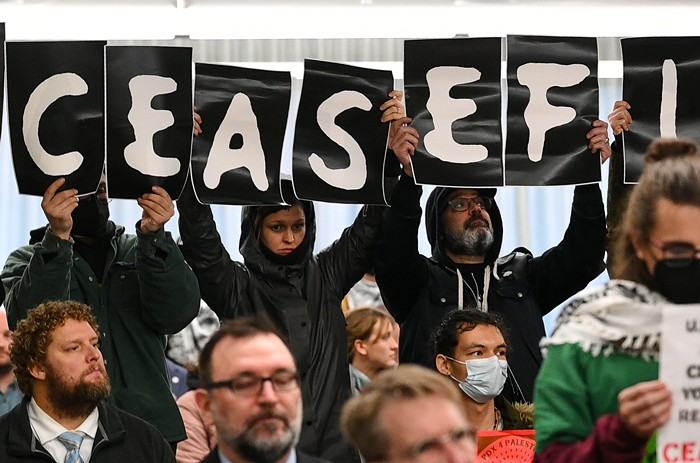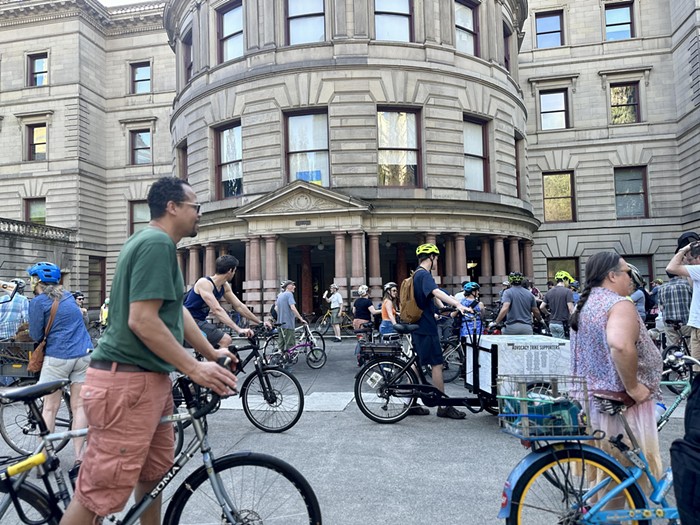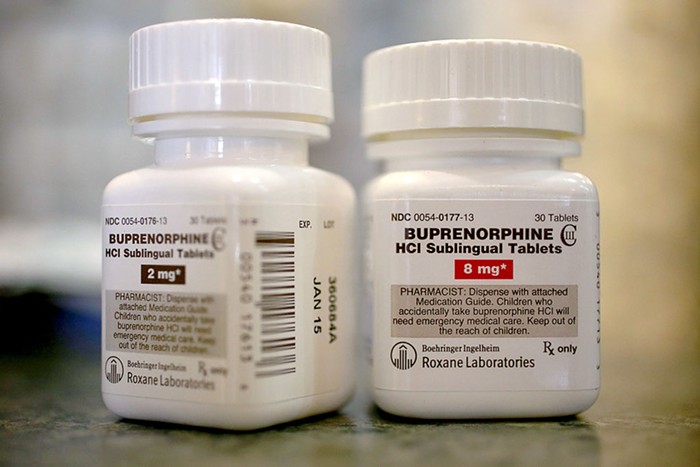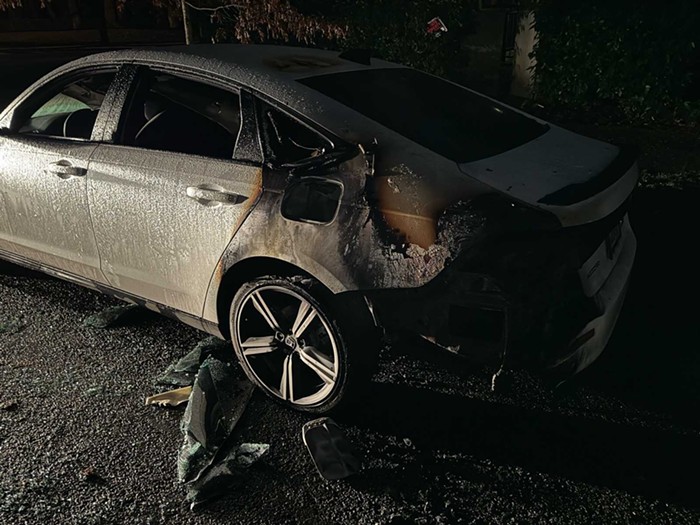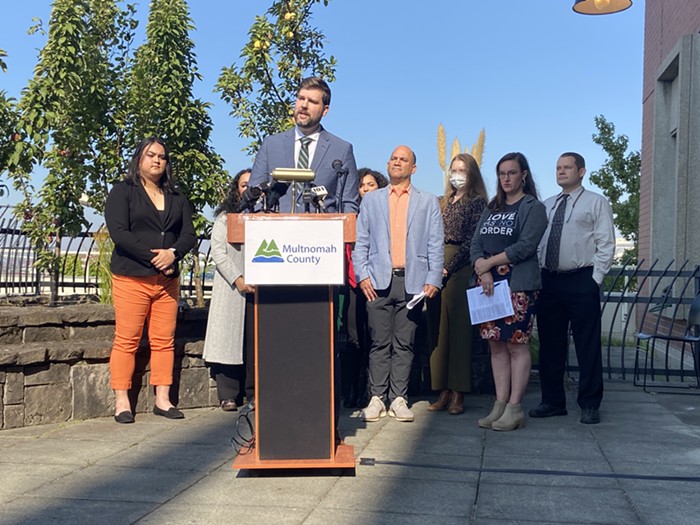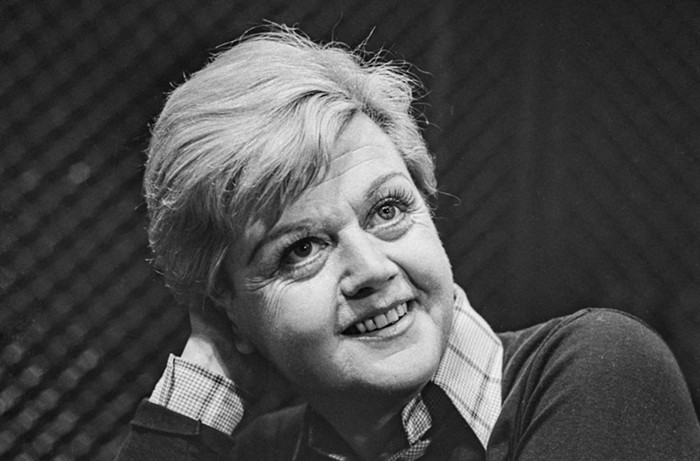IT'S NOT JUST YOU. The traffic really, truly, is worse around the Rose Quarter, and the streets in the area are, statistically, more dangerous than much of the rest of Portland.
What's supposed to be one of the city's transportation hubs is instead one of the city's worst bottlenecks and high-crash zones. Next week Oregon Department of Transportation (ODOT) and city officials will be hosting a series of design workshops to field ideas about how to fix the Rose Quarter's messy streets. And this is what they'll be talking about.
It's Dangerous for Cyclists and Pedestrians
The Rose Quarter is at the center of the city's busiest bike routes. Plus, 10 bus lines and all four MAX lines run through it. That adds up to a lot of people without cars trying to navigate the space between and beneath the greater district's three freeways—during a peak afternoon rush hour, 381 people on bikes and 75 pedestrians pass through the Rose Quarter per hour. Where NE Broadway and Weidler meet Interstate 5 is a clusterfuck even for cars, but it's especially dangerous for vulnerable road users. To fix this, the city and ODOT have floated the idea of a new bike/ped-only bridge over I-5 at NE Clackamas. "We're looking at separating modes because it's spaghetti there right now," says ODOT Project Manager Todd Juhazs. Also on the table: improving the bike/ped facilities on NE Holladay beneath I-5.
Getting On and Off the Freeway Is Tricky
The three freeways that bind the Rose Quarter saw a combined 873 car crashes from 2005-2009, resulting in 364 injuries and one death. Streets in the district are arguably even more dangerous, with four deaths occurring from 2003-2007 at intersections in the area. Why all the crashes? In part it's because so many people are quickly weaving through traffic to try and get to exits on I-5 that are spaced rather close together.
It's a Freeway Bottleneck
One good thing about the recession: fewer traffic jams. From 2007-2009, the number of days you could drive over 30 mph along Rose Quarter freeways rose by 15 percent. But freight groups and the state say current jams are still too frequent and point out that although the number of vehicles driving along I-5 has just about doubled since the freeway was built in the 1960s (to 120,000 vehicles a day), the freeway hasn't expanded. Freight travel has jumped, too, doubling to 12,000 trucks a day since 1995, and freight companies complain loudly that backups cost them money. Freight and overall vehicle trips have dropped in recent years, but ODOT is considering re-striping the freeway to add another lane. Any choice is controversial. "There's lots of different viewpoints," says Juhazs, "everyone from, 'Let's remove I-5,' to people who want a ton of lanes added to the freeway, which isn't going to happen either."
It's Home to a Lot of Underutilized Land
The Rose Quarter has about 25,000 parking spaces—the neighboring Lloyd District has the largest number of spots per person of anywhere in Portland (1.1 spaces per person). Prime riverfront space just west of the Rose Garden, for example, is currently a gravel parking lot. Developing unused land will make the area more of a destination—but also could increase traffic. The mayor put a lot of energy last year into a plan to revitalize the Rose Quarter, but it's currently stalled out.

